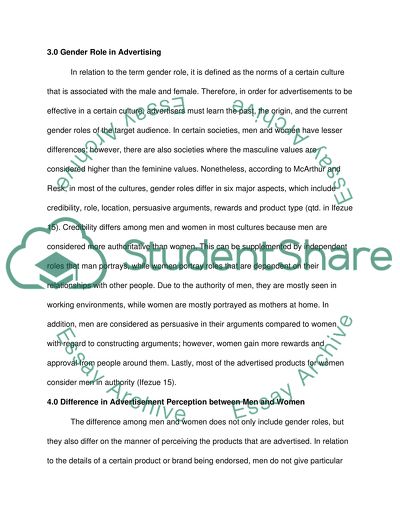Cite this document
(“To what extent advertising affects women Essay Example | Topics and Well Written Essays - 2500 words”, n.d.)
To what extent advertising affects women Essay Example | Topics and Well Written Essays - 2500 words. Retrieved from https://studentshare.org/journalism-communication/1615350-to-what-extent-advertising-affects-women
To what extent advertising affects women Essay Example | Topics and Well Written Essays - 2500 words. Retrieved from https://studentshare.org/journalism-communication/1615350-to-what-extent-advertising-affects-women
(To What Extent Advertising Affects Women Essay Example | Topics and Well Written Essays - 2500 Words)
To What Extent Advertising Affects Women Essay Example | Topics and Well Written Essays - 2500 Words. https://studentshare.org/journalism-communication/1615350-to-what-extent-advertising-affects-women.
To What Extent Advertising Affects Women Essay Example | Topics and Well Written Essays - 2500 Words. https://studentshare.org/journalism-communication/1615350-to-what-extent-advertising-affects-women.
“To What Extent Advertising Affects Women Essay Example | Topics and Well Written Essays - 2500 Words”, n.d. https://studentshare.org/journalism-communication/1615350-to-what-extent-advertising-affects-women.


